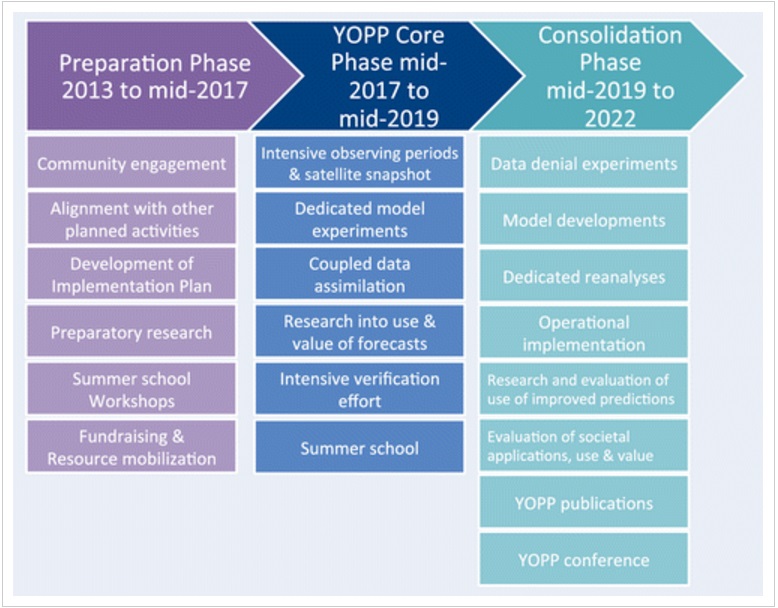The paper "Advancing polar prediction capabilities on daily to seasonal time scales” written by scientists from 16 countries and published in the September 2016 issue of theBulletin of the American Meteorological Society (BAMS) is yet another step forward towards the Year of Polar Prediction (YOPP).

The paper highlights the fact that environmental prediction systems for the polar regions are less developed than elsewhere on the planet although these regions are the most heavily affected by climate change. To effectively manage the opportunities and risks associated with it, scientists need more advanced prediction systems for the region. As the polar regions are remote and expensive places to conduct operations, prediction capabilities can only be advanced through a coordinated international effort, the paper argues.
The papers' authors introduce two related initiatives that provide an international framework for cooperation in this field. The first one is the Polar Prediction Project (PPP) established by World Weather Research Programme (WWRP) which runs from 2013 until 2022. The other initiative is the Year of Polar Prediction (YOPP) which takes place from mid-2017 to mid-2019.
The YOPP is a key element of the PPP, and involves an extended period of coordinated intensive observing, modeling, prediction, verification, user engagement, and educational activities.
